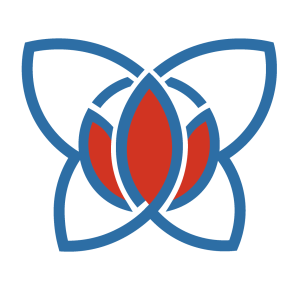APPRECIATING CONNECTIONS: Communication

2. Tools for a better communication
Here are some commonly used tools:
-
Internal Communication Platforms: Utilize internal communication platforms and tools designed specifically for facilitating communication within organizations. These platforms can include intranet systems, team collaboration software (e.g., Slack, Microsoft Teams), project management tools (e.g., Trello, Asana), or internal social networks. Such platforms provide a centralized space for sharing information, collaborating on projects, and facilitating real-time communication among employees.
-
Email and Newsletters: Utilize email as a means to distribute important announcements, updates, and information across the organization. Newsletters can also be created to consolidate and communicate key messages, events, and achievements. Clear and concise communication via email and newsletters can ensure that important information reaches all employees in a timely manner.
-
Meetings and Workshops: Conduct regular meetings, both in-person and virtual, to facilitate face-to-face communication and collaboration. These meetings can include team meetings, departmental meetings, and company-wide town halls. Workshops or brainstorming sessions can also be organized to encourage open dialogue and idea sharing.
-
Communication Guidelines: Establish communication guidelines or protocols that define expectations and best practices for communication within the organization. These guidelines can cover aspects such as email etiquette, meeting norms, response times, and effective use of communication platforms. Clearly outlining these guidelines promotes consistent and effective communication practices.
-
Feedback and Listening Channels: Implement feedback mechanisms and channels that allow employees to provide suggestions, share concerns, and offer input. This can include anonymous feedback systems, suggestion boxes, or regular feedback sessions. Active listening, both from managers and colleagues, is crucial to create an environment where everyone feels heard and valued.
-
Visual Communication Tools: Utilize visual aids to enhance communication and understanding. This can include infographics, diagrams, charts, or visual presentations that help convey complex information in a simplified and engaging manner. Visual tools can improve clarity and retention of information.
